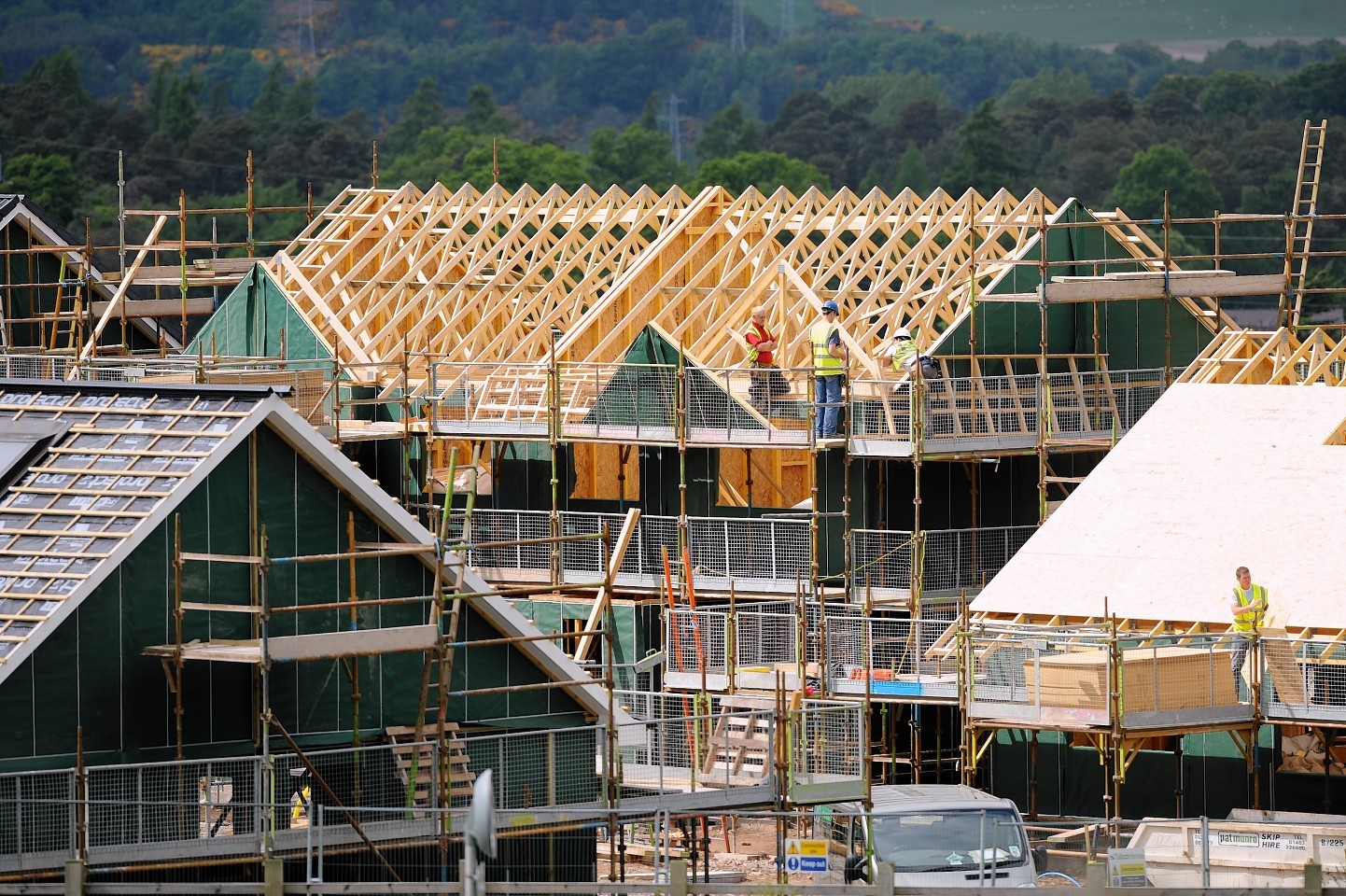Increased property tax could limit future building developments north of the border, according to BDO.
It will also hit many Scottish middle-class families, the accountancy and business advice firm warned yesterday.
On Thursday, the Scottish Government said people buying a house worth up to £130,000 after April 1 would not pay any duty under a new Land and Buildings Transaction Tax.
But Finance Secretary John Swinney stood accused of launching a “raid” on many ordinary families after it emerged the new tax – a replacement for stamp duty – will see the levy on the purchase of homes worth more than £250,000 rising by 10%.
BDO said yesterday the new tax would leave people buying homes worth up to £325,000 better off, compared with the current stamp duty
But it added: “The big losers will be those buying at above that level.
“A Scottish property costing £499,000 will trigger a tax cost of £27,200, compared to £14,970 south of the border.
“And for those spending £1million there is an additional £37,300 tax, which is 93.25% more than England.
“Non-residential rates remain more in line with the rest of the UK but again the introduction of a graduated system means there is a tipping point, with less tax to pay on transactions of up to £2million and more tax above that.”
BDO Tax partner Martin Bell said: “These figures are a big shock, in particular the 10% tax rate for residential properties starting at only £250,000.
“The introduction of a more graduated replacement to stamp duty land tax is welcome, but the Scottish property market has not recovered in the same way as the south of England and this has the potential to put a lot of potential buyers off moving.
“There is then the potential knock-on impact for those local businesses relying on an active housing market.
“For companies trying to attract higher earners to Scotland, there will be a punitive impact as they may have to pick up the additional cost or risk losing key employees to elsewhere in the UK.
“This may also be a signal as to what kind of income tax strategy we can expect when the new variable Scottish rates are introduced in April 2016, with more devolved powers expected to follow.
“If these actions are indicative of Mr Swinney’s thinking then he will be introducing much greater taxation for those on higher incomes.”
“Whilst many people take the view that taxing those who can best afford it to the greatest extent possible is a good idea, there is a cut off point where individuals, and potentially their businesses, will be driven out of Scotland.”
He added: “These increased charges are also likely to impact on the Scottish residential property market by rushing through high-value sales prior to April 2015 and holding off lower-value sales until the zero rate kicks in.
“This could cause difficulties for a building and construction sector and all the businesses that feed off it.
“They are only just finding their feet after the disastrous impact of the recession.”
According to a survey by the Nationwide building society, the average price of a house in Aberdeen is £263,986, and the Scottish average is £162,000.
Meanwhile, the Scottish Contractors Group (SCG), which represents 12 leading construction contractors operating in Scotland, said it welcomed Mr Swinney’s Scottish Budget announcement of £4.5billion of capital spending.
SCG chairman Ken Gillespie added: “It will support economic growth and wider recovery within the construction sector”.
“While construction output fell in the first quarter of 2014, the overall trend over the last two years has been one of modest recovery following the significant impact of the
downturn”.
“Through the Scottish Government’s infrastructure investment plan, we need to continue developing a clear pipeline of future projects, to build confidence and plan a sustainable future for our industry.”
